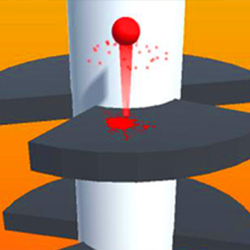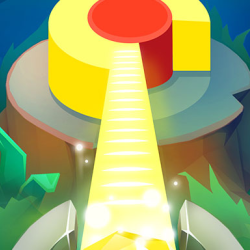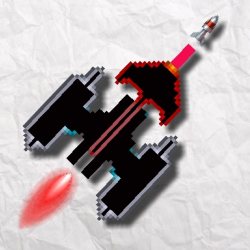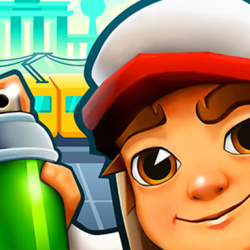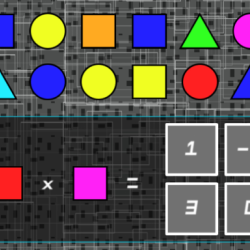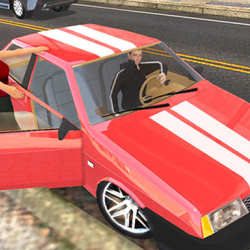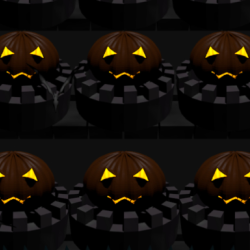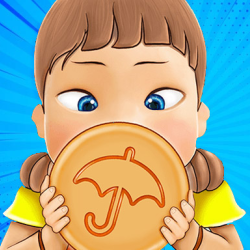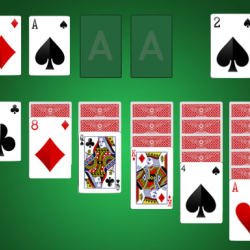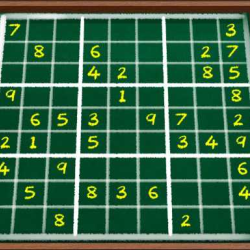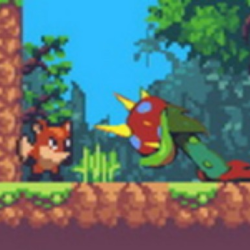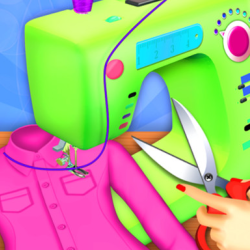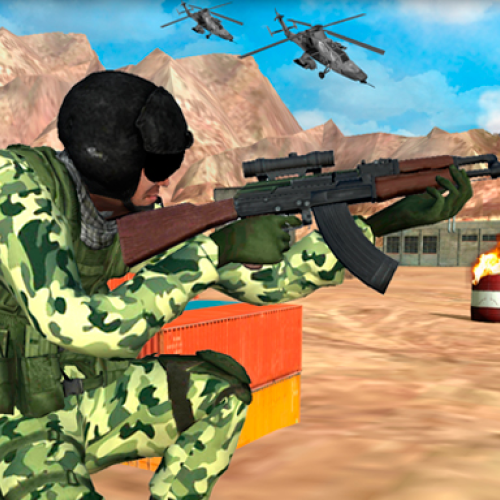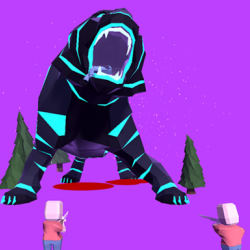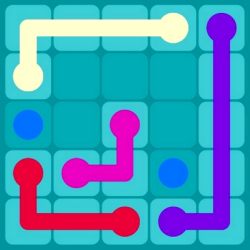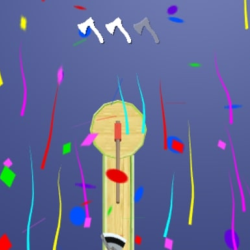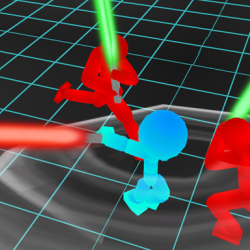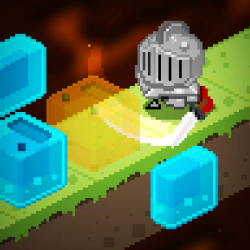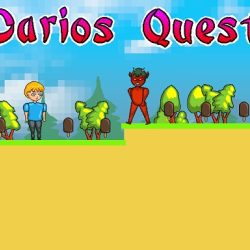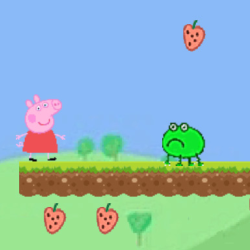Mathematics
Control
In the heart of the Crystal Caverns, adventurers confront the Gate of Equilibrium, an ancient barrier sealed by mathematical magic. To breach it, they must align three arcane crystals to angles summing to 180 degrees—the first glows at 45°, the second at 60°, leaving the third shrouded in mystery. Beyond lies a merchant’s riddle: "Twice my gold plus three more makes 31 coins—solve this, and the treasure is yours." Deeper within, a lava-choked bridge demands geometric mastery: calculate the trapezoid’s area with bases of 5 and 7 meters and a height of 3 to reveal the safe path. Each challenge conquered—be it algebraic, geometric, or logical—unlocks relics of power, blending calculation with adventure as heroes unravel the realm’s hidden truths.
Description
Mathematics Examples Understanding algebra starts with grasping variables. Imagine a simple equation: 3x + 5 = 14. To solve for x, subtract 5 from both sides, simplifying to 3x = 9. Dividing both sides by 3 reveals x = 3. This foundational approach applies to countless problems. Geometry introduces shapes and angles. Take a rectangle with length 8 units and width 4 units—its area is calculated by multiplying length and width, resulting in 32 square units. The perimeter, found by adding all sides, becomes 24 units. Fractions often challenge learners, but visualizing them helps. Consider dividing a pizza: if you eat 2 out of 8 slices, you’ve consumed 2/8, which simplifies to 1/4. Percentages connect fractions to real-world scenarios. A 15% discount on a $200 item saves $30, since 0.15 × 200 = 30. Probability questions, like rolling a die, rely on ratios. The chance of landing a 3 is 1 out of 6 possible outcomes, or 1/6. Graphs turn equations into visuals. Plotting y = 2x + 1 involves choosing x-values. If x = 0, y = 1; if x = 2, y = 5. Connecting these points creates a straight line with a slope of 2. Quadratic equations, like y = x² – 4, form parabolas. Solving x² – 4 = 0 factors into (x + 2)(x – 2) = 0, giving roots at x = 2 and x = -2. Each concept builds tools for solving complex problems.
